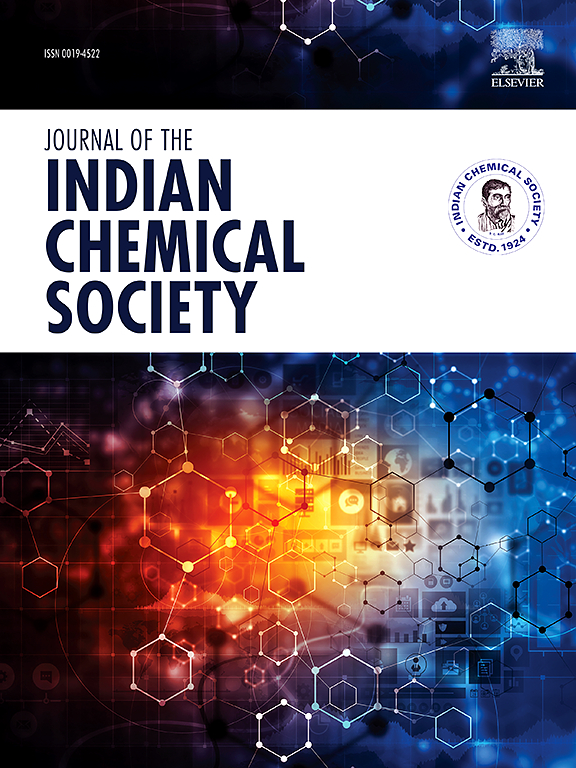Enhancing electrochemical performance of vanadium-doped ZnO nanoparticles based supercapacitor
IF 3.2
4区 化学
Q2 CHEMISTRY, MULTIDISCIPLINARY
引用次数: 0
Abstract
Metal-ion-doped transition metal oxides (TMOs) are suggested as innovative electrode materials with excellent cycling efficiency for asymmetric supercapacitors (ASCs). Here, we use a hydrothermal technique to synthesize vanadium (V) doped zinc oxide nanoparticles (NPs) as the electrode material for ASCs. The synthesized material pristine zinc oxide (ZO), 2 atomic% (at%) V-doped zinc oxide (2VZO), and 4 at% V-doped zinc oxide (4VZO) have been validated using various physical characterization techniques including XRD, FE-SEM, TGA, XPS, Raman, and FTIR techniques. The detailed electrochemical characterizations were performed, including CV, GCD, and EIS. The CV is investigated at the various scan rates, and GCD measurements are carried out to understand their charge-discharge characteristics at various current densities. The fabricated supercapacitor exhibits specific capacitance () for ZO, 2VZO, and 4VZO are 71.53, 103.90, and 126.78 F g−1 at 10 mV s−1 scan rate, respectively. The 4VZO material-based device exhibits the maximum energy and power density ∼16 Wh kg−1 and 4 kW kg−1, respectively. The electrochemical impedance spectroscopy measurements are also carried out to understand the interface impedances and their impact on electrochemical performance.

求助全文
约1分钟内获得全文
求助全文
来源期刊
CiteScore
3.50
自引率
7.70%
发文量
492
审稿时长
3-8 weeks
期刊介绍:
The Journal of the Indian Chemical Society publishes original, fundamental, theorical, experimental research work of highest quality in all areas of chemistry, biochemistry, medicinal chemistry, electrochemistry, agrochemistry, chemical engineering and technology, food chemistry, environmental chemistry, etc.

 求助内容:
求助内容: 应助结果提醒方式:
应助结果提醒方式:


